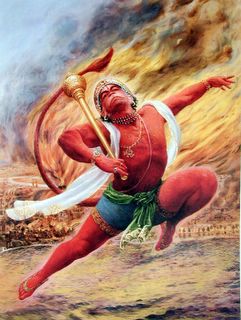The Solar Calender
This begins with Vernal Equinox, on or about March 21. The twelve months, known as the Saur Maas, correspond to the entry of the Sun into the signs of the Zodiac Rashi.
The Twelve Rashi (Zodiac Signs)
- Maysha (Aries) The Ram
- Vrushabha (Taurus) The Bull
- Mithuna (Gemini) The Twins
- Karka (Cancer) The Crab
- Simha (Leo) The Lion
- Kanya (Virgo) The Maiden
- Tula (Libra) The Scales
- Vrushchika (Scorpio) The Scorpion
- Dhanu (Saggitarius) The Bow
- Makar (Capricon) The Crab
- Kumbha (Aquarius) The Pot
- Meena (Pisces) The Fish
The first month of the lunar calender, Chaitra, corresponds to the solar month Maysha. Maysha begins on or close to 12th day of April, and this day is celebrated as the New Year Day known as Vaishakhi or Yugadhi.
Makar Sankranta, which corresponds to the entry of the Sun into Makar Rashi, occurs on January 14 every year.
